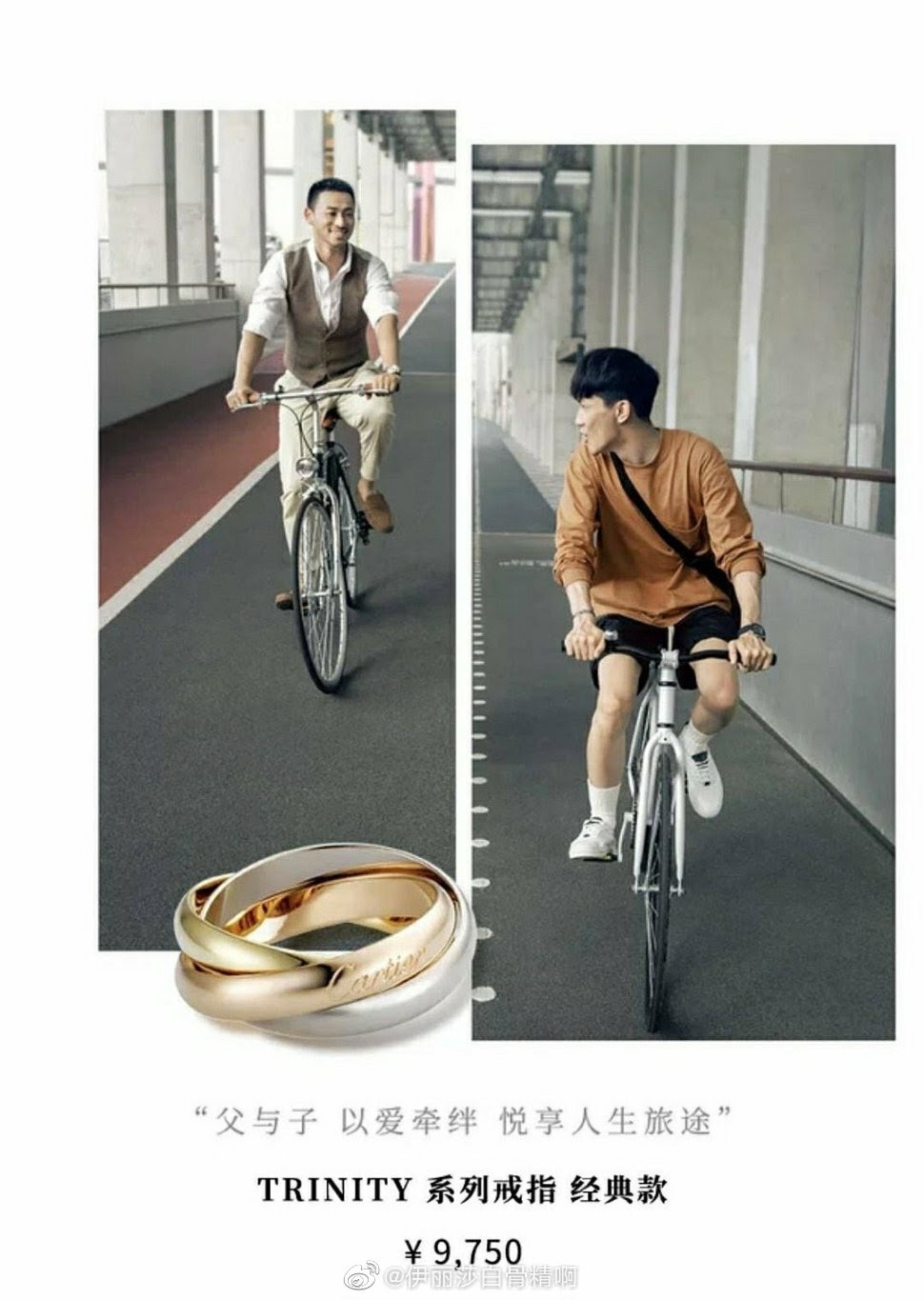Cartier ad featuring ‘father and son’ sparks calls for LGBTQ representation in Chinese advertising
A recent kerfuffle over a Chinese ad campaign for French jewelry brand Cartier has shown that while Chinese consumers have become increasingly open-minded about advertisements featuring same-sex couples, marketers are still reluctant to embrace LGBTQ inclusivity in fear of objections from Chinese censors.

A recent kerfuffle over a Chinese ad campaign for French jewelry brand Cartier has shown that while Chinese consumers have become increasingly open-minded about advertisements featuring same-sex couples, marketers are still reluctant to embrace LGBTQ inclusivity in fear of objections from Chinese censors.
The controversial advertisement was unveiled by the high-end jewelry house on Monday, roughly two weeks ahead of this year’s Qixi Festival (七夕节 qīxījiē), the Chinese equivalent of Valentine’s Day. In a one-minute promotional video for the brand’s signature Trinity rings, three pairs of people can be seen hanging out both individually and in group settings.
Among the six people featured in the commercial, two of them are obviously a straight couple, as the clip shows them having a romantic moment on a rooftop. The other four, who appear to be young people of similar age, are divided into two groups, two men and two women. But their relationships are hard to define given that the video only depicts them engaging in platonic activities, like listening to music and cycling together.


The commercial has no narration or subtitles — except for a message that appears in the end of the clip, which reads, “How far would you go for love?” In a Weibo post (in Chinese) of the video, Cartier wrote, “All kinds of emotions in this world are connected with love regardless of distance and time.”
Up until this point, there was still no official explanation of whether the two men and two women are just friends or something more. But given the common knowledge that matching rings are mostly worn by couples, most people who watched the commercial naturally came to the conclusion that the other two pairs are in same-sex relationships, which were purposefully downplayed in the video becasue of restrcitons on gay content on the Chinese interent and in Chinese media.
The popular guess, however, was proved wrong when a version of the ad was posted to Cartier’s official page on Tmall, the ecommerce platform owned by Chinese tech giant Alibaba. Putting a label on their relationships, the jeweler added a descriptive sentence on an image of the two men, who were shown cycling together in the video. “Father and son. Bonded by love. Happily sharing life’s journey,” the caption reads. On another image of the two women, the brand wrote, “Mutual understanding beyond words. Witness our everlasting friendship.”


To those who never considered the likelihood of the two men being father and son, the revelation was a huge surprise. Finding the explanation unconvincing, many of the doubters argued that the pair couldn’t be father and son because there were no visible age differences between them in terms of appearances. “This doesn’t make any sense to me. They look three years apart in age at most. Also, I’ve never heard of fathers and sons wearing matching rings,” a Weibo user wrote.
The revelation was also a letdown to many who initially praised Cartier for acknowledging same-sex relationships in the commercial that was supposed to celebrate “all kinds of love,” despite in a discreet way. “The campaign was much better when it stayed in the area of ambiguity. Now it makes me feel like being a gay is something to be ashamed of,” a Douban user commented (in Chinese).
While China decriminalized homosexuality in 1997 and declassified it as a mental disorder four years later, discrimination against the LGBTQ community still remains deeply-seated in many aspects of the society. One of the areas where the group is severely underrepresented is advertising, where marketers are inclined to stay away from LGBTQ-themed content to avoid running afoul of Chinese censors.
Over the years, some brands have been brave enough to push the envelope by disseminating ads that were inclusive of LGBTQ individuals. Early this year, a commercial for Tmall, which featured a gay man introducing his same-sex partner to his parents, received loads of positive feedback on the Chinese internet. Last year around Qixi time, American beer company Budweiser introduced same-sex couples into its marketing messages and packaging. The strategy was highly praised by people across the spectrum of sexuality.






